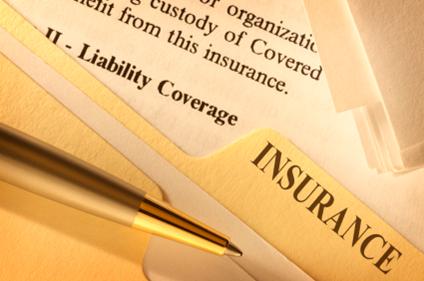Liability Coverage
What is liability insurance, is it important, and is it required on your auto insurance policy?
Liability coverage is the main reason people purchase auto insurance. That’s because your state probably requires it. There are many coverages you can get on a car insurance policy. What exactly is “liability coverage”?
What Liability Coverage Does
Liability insurance or liability coverage is the part of your auto insurance policy that covers other people and property in case you cause an accident. In other words, if you accidentally ram another vehicle, you will be on the hook for the damages to the other car and the people in the car. If you cause an injury to someone in the other car, the other party could sue you for the damages you caused. In such an instance, liability coverage steps up to cover those damages.
Liability coverage does NOT cover damages you cause to your car or yourself. Comprehensive and collision covers the physical damage to your vehicle. When coupled with liability coverage, that’s also called “full coverage” insurance. Personal Injury Protection (PIP) or Medical Payment covers physical injury to yourself or anyone in your car. Some policies even have life insurance included. But liability coverage is completely separate.
Two Parts: Bodily Injury & Property Damage
There are two parts to liability coverage: bodily injury and property damage.
Bodily injury coverage covers the injury you cause to passengers in other vehicles in at-fault accidents. If you cause a wreck, you’re responsible to paying the other person’s medical expenses, emergency aid, loss of income, funeral expenses, legal defense fees, and more. These expenses can run into the tens of thousands of dollars – even hundreds of thousands of dollars.
Property damage coverage covers the property damage you cause in an at-fault accident to other vehicles, buildings, lamp posts, etc. Like bodily injury coverage, these damages can run into the hundreds of thousands of dollars – especially in a multi-car collisions.
The way it’s listed on your policy is three numbers separated by forward-slashes. Ex: 25/50/25 The first number relates to the bodily injury coverage for one person multiplied by 1000. In the above instance, there is $25,000 in bodily injury coverage for one person injured. The second number relates to the limit of bodily injury coverage in any one accident. Here, the coverage limit is $50,000 – no matter how many people are injured in the other vehicle. The last number relates to property damage, also $25,000.
Liability Coverage Required In Most States
Because of the potential damage one driver can cause, all states require you be financially responsible for any bodily injury or property damage you cause in an at-fault accident. Most states require drivers to carry liability coverage on your auto insurance policy to meet that financial obligation. Check with your agent to see if it’s required in your state.
Even if it’s not required, you are still responsible for paying bodily injury and property damage in at-fault accidents. You could be sued for damages if you don’t have liability coverage in place. To be safe, it’s good to at least have minimum liability coverage. In most cases, it’s the law.
Trackback from your site.

